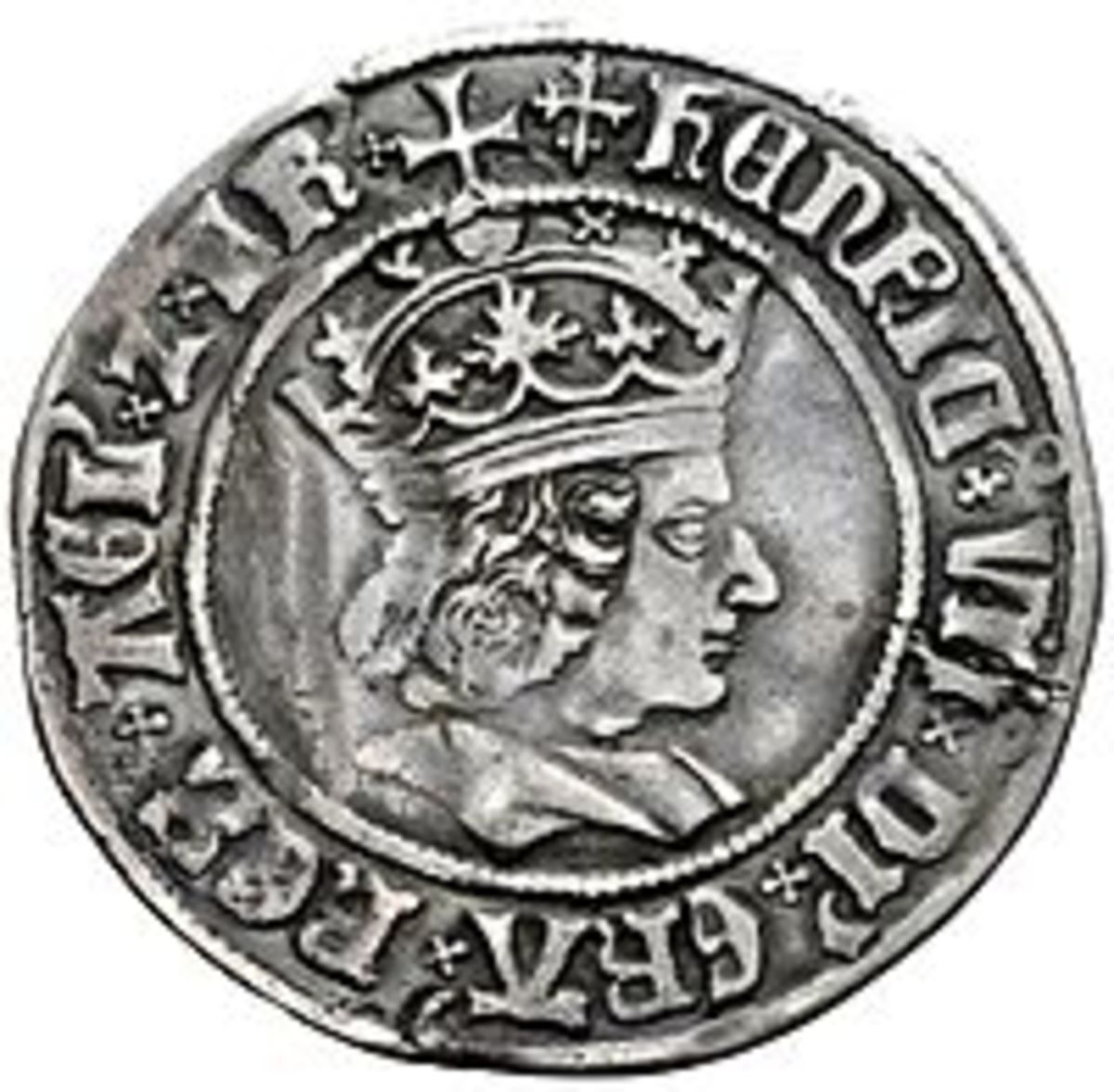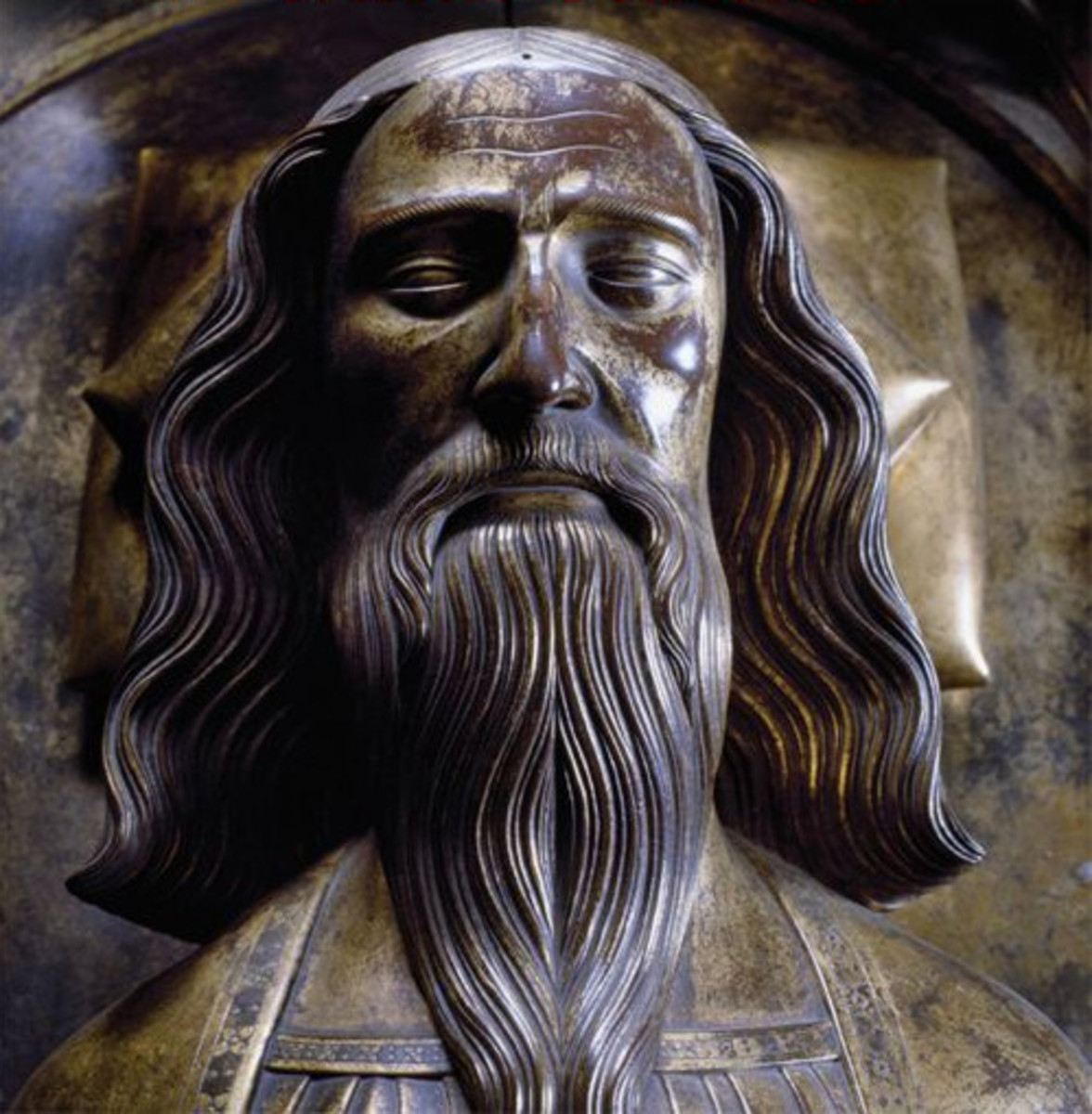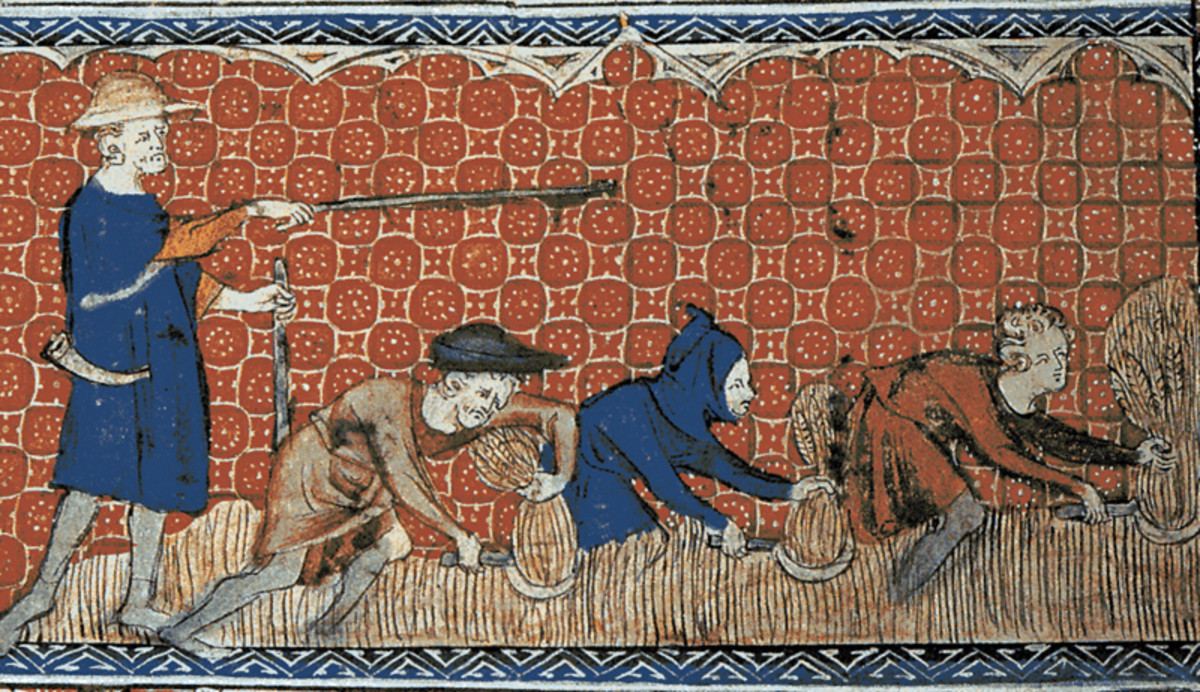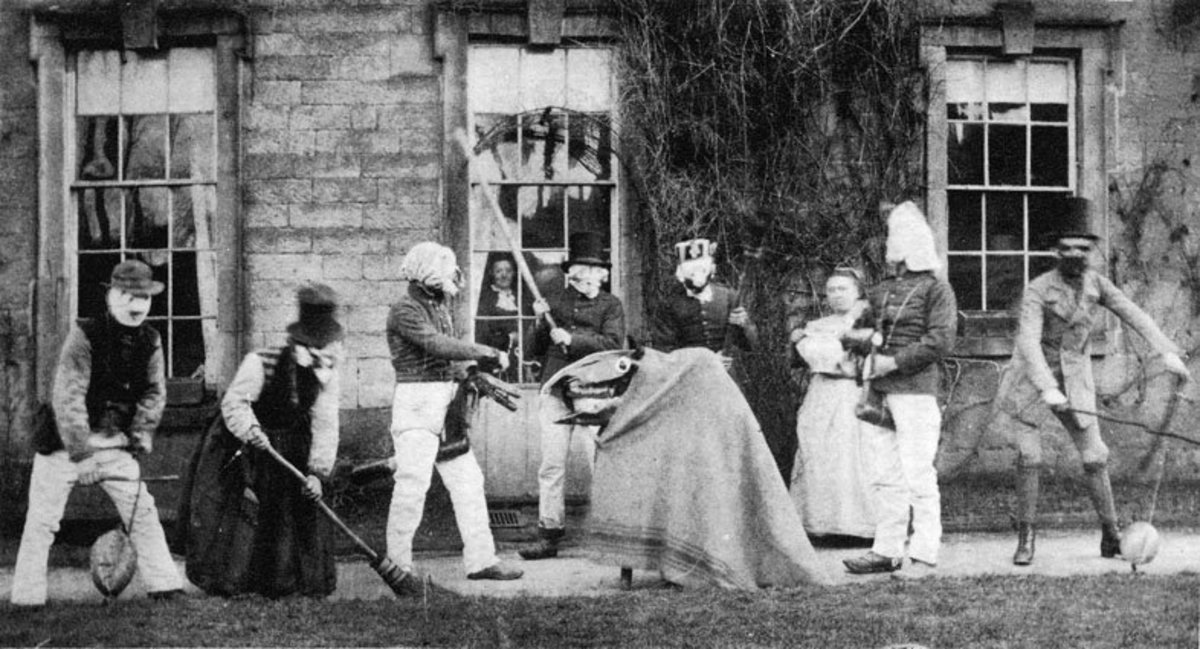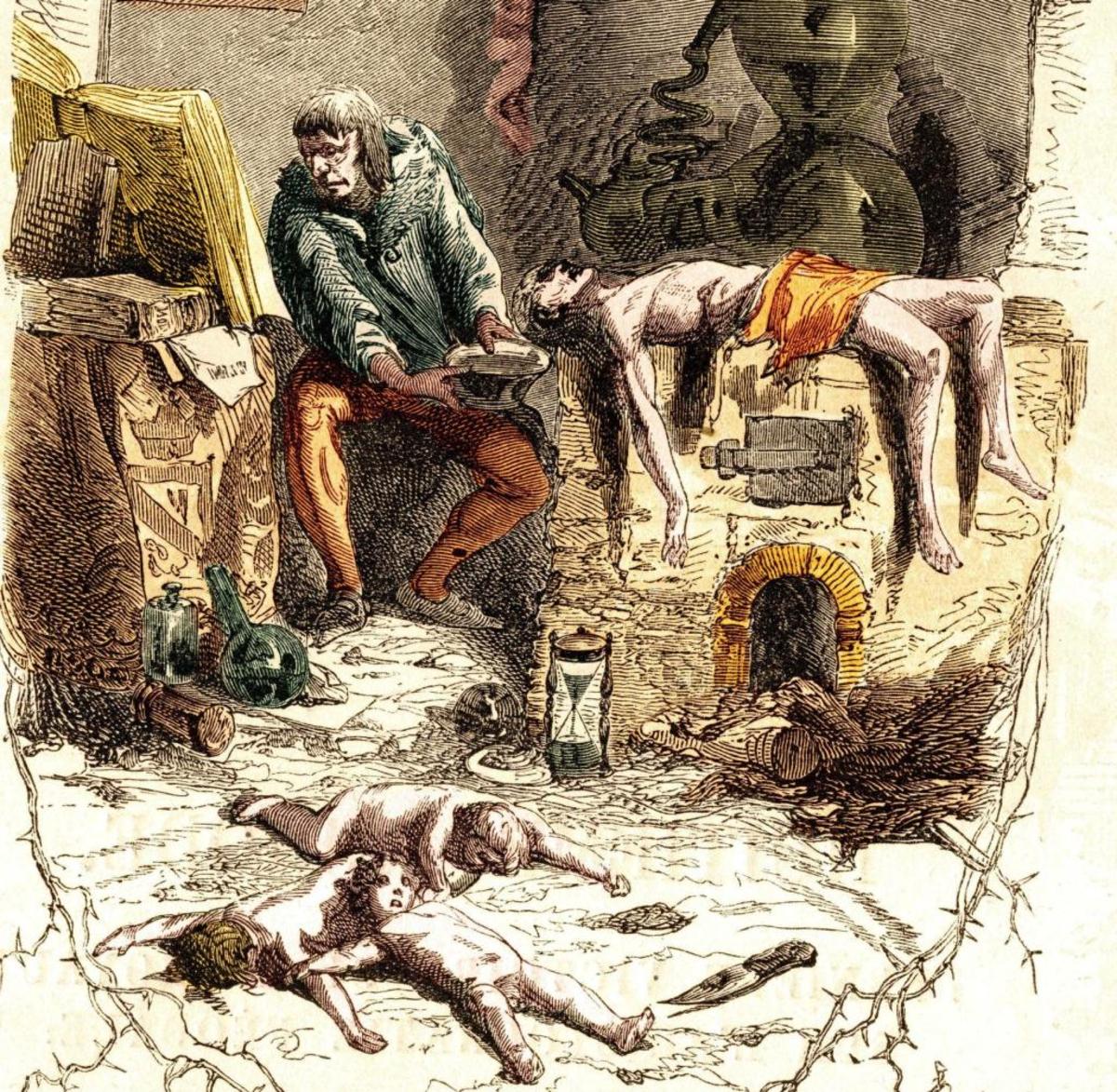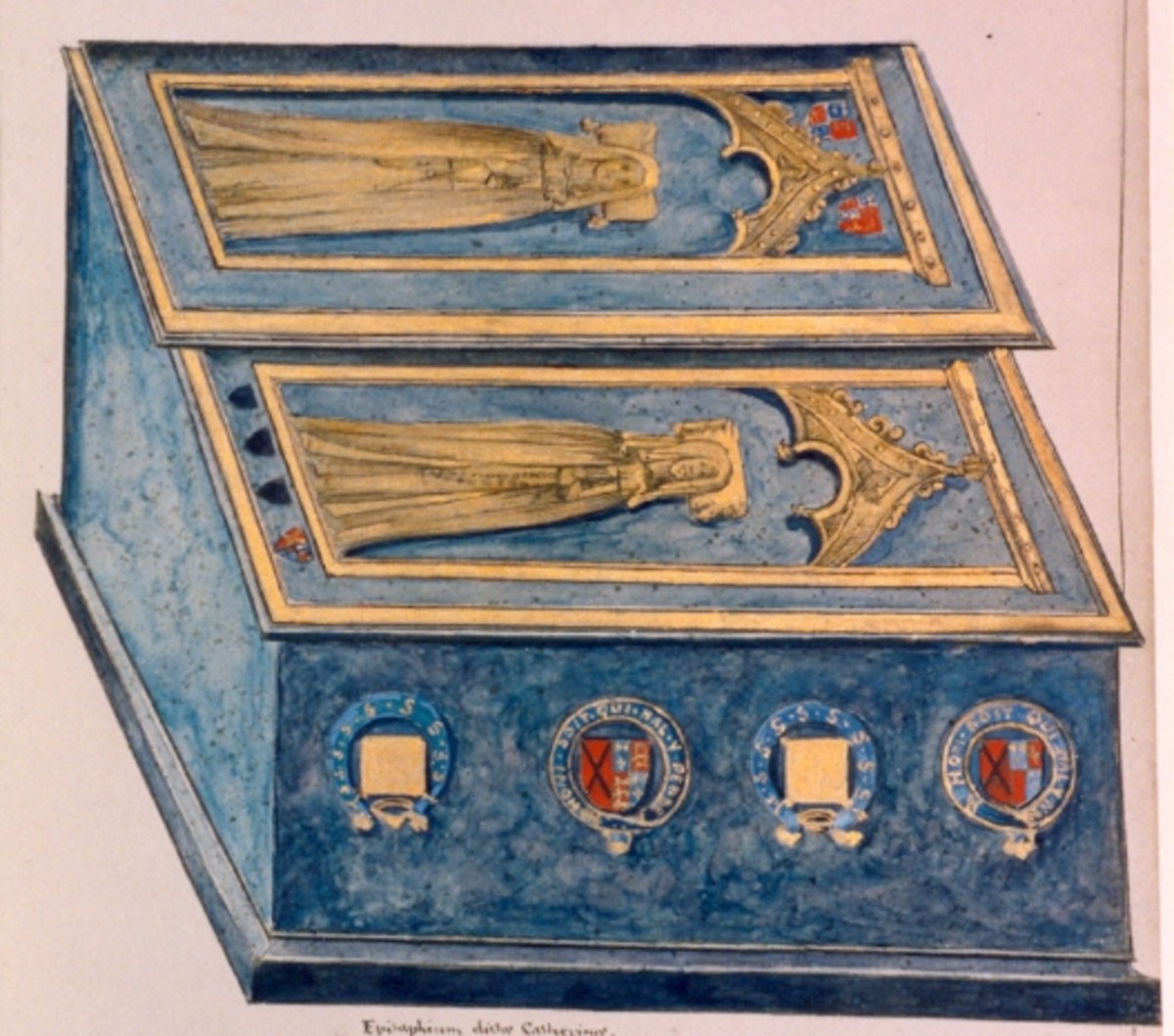One Head for Many Hats: Dual Monarchies and Personal Unions
Medieval Feudalism
When looking at medieval history it is easy to become confused with who ruled where, and when. This is because of the way feudal laws controlled the people and land. The feudal systems are confusing, and often do not fully represent the situations that occurred in the medieval world. Historians have tried to help people understand the medieval period by simplifying the feudal system, but this actually makes it more confusing for people trying to transition from casual knowledge to lay or scholarly knowledge of the medieval world.
Feudalism is taught as being the act of receiving land in exchange for military service. A knight or noble receives land from a king who is the land owner, and agrees to fight for the king in return. This is essentially how feudalism works, but it is mostly theoretical. There were only a few kingdoms in which feudalism actually existed on a large scale, and it only existed for brief moments. Strong kings were able to control their land in person, while weak kings were unable to actually receive their nobles service.
As history passed feudal land grants began to be held as dynastic inheritance. By the High Middle Ages, (the middle of the three medieval periods), feudalism was being hijacked by generational rulers. As fiefdoms were handed down from generation to generation they were collected in to the hands of the few. As the nobility became stronger they became less reliant on their lords and in many places overturned their lords.
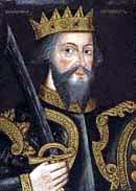
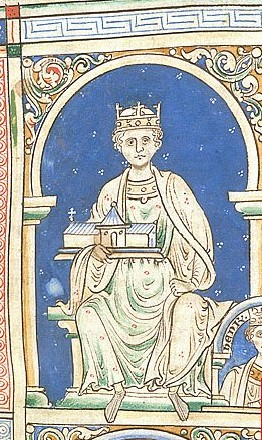
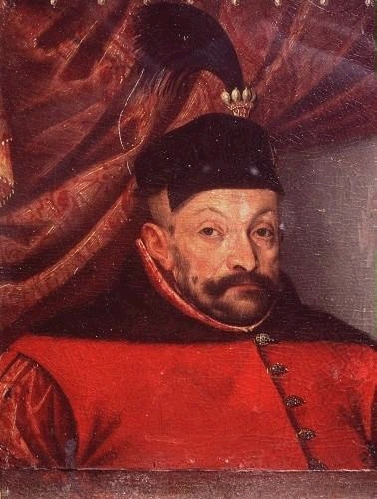
Personal Union
In some places nobles were able to become kings. England, an independent Saxon kingdom, was conquered by the duke of Normandy. William the Conqueror was a vassal of the king of France in Normandy, but king in his own right in England. When in Normandy he was bound by the laws of France, but in England he was bound by the laws of England. Both territories were his, but they each had their own noble councils to advise the king, and to run the kingdom when he was not there.
Later English kings were able to collect much of France. The Angevin dynasty ruled large sections of France, and had client states in much of the rest of the country. King Henry II was the first Angevin king of England, but he intended to separate his holdings between his sons when he died. They fought each other for a time and eventually, while the empire mostly held together, some pieces collapsed into individual holdings. This example shows the fragility of personal unions in regards to territory.
Other kingdoms experienced personal unions as well. Denmark was unified with Norway and Sweden during the Kalmar Union. This was a result of kings being elected in Denmark and Sweden, while Norway had hereditary rulers. Denmark and Sweden generally had hereditary rulers elected, and Queen Margaret I of Denmark brought about the union of the three crowns through her son. This union lasted just over a hundred years, but Denmark and Norway remained unified for almost five hundred years.
Poland, Lithuania, and Transylvania were unified in a personal union under Stefan Bathory. Bathory was Voivode, a title similar to duke, of Transylvania when he was elected king of Poland, and then Lithuania. Each state still had it's own laws and customs, but their foreign policy was united. Bathory very nearly conquered Russia, but upon his death his kingdom was split apart.
Personal unions were meant to strengthen a ruling house rather than a kingdom. They weakened the feudal system and eventually led to it's collapse. Despite the strength of many personal unions, they fell apart because they failed to integrate the two societies, or make any lasting military or politic ties between the rulers territories.
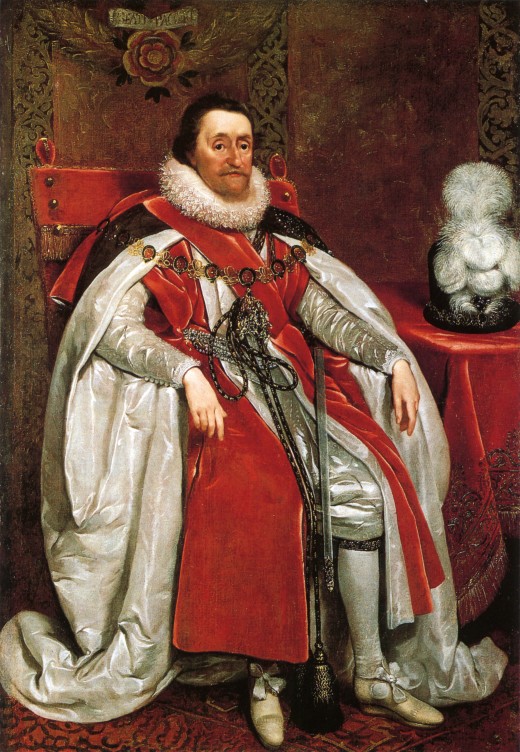
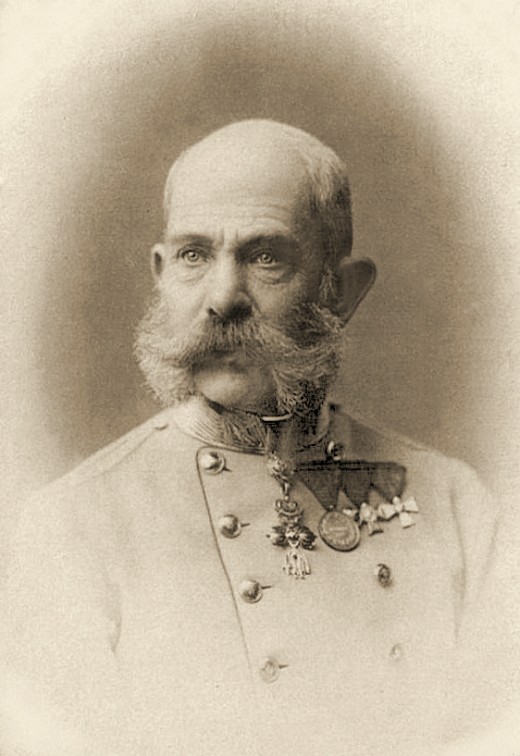
Dual Monarchy
Dual monarchy is when a king is king of two separate countries. It differs from personal union in that a Dual monarchy has one foreign policy making body. A king has two domestic councils to advise him for each country, but his army and foreign policy is dictated from a single council. There are two major dual monarchies that existed.
The Kingdom of Great Britain was a dual monarchy that occurred as a result of the unification of Scotland and England under Queen Anne. Scotland and England had been in personal union since the reign of James VI & I, but the two kingdoms diverged at the onset of the 18th century and appeared ready to break apart. Queen Anne united the countries and the newly united kingdoms became a European powerhouse.
The other dual monarchy was the dual monarchy of Austria-Hungary under Franz Joseph I. Austria and Hungary had been unified under the Hapsburg Empire, Holy Roman Empire, and Austrian Empire, but during the 19th century the Hungarians pushed for greater reform. Hungarian independence was stopped, but semi-independence was granted. Unlike the Kingdom of Great Britain, Austria-Hungary became a weak state and by 1900 was a mere satellite of the German Empire.
Dual monarchy unites the crowns, but it also unites the people. This made it a more efficient system than personal union and secured British dominance of the later 18th century.
One Head, Many Hats
Feudal structures led to dynastic inheritance. When the noble families of Europe began to actively breed to pass land to their children they created personal unions. Personal Unions made nobles that were capable of overturning their lords which destroyed feudalism. In some places this led to Dual-Monarchy and in others it led to absolute monarchy. The strongest lords of the medieval period were men who wore many hats on one head.

